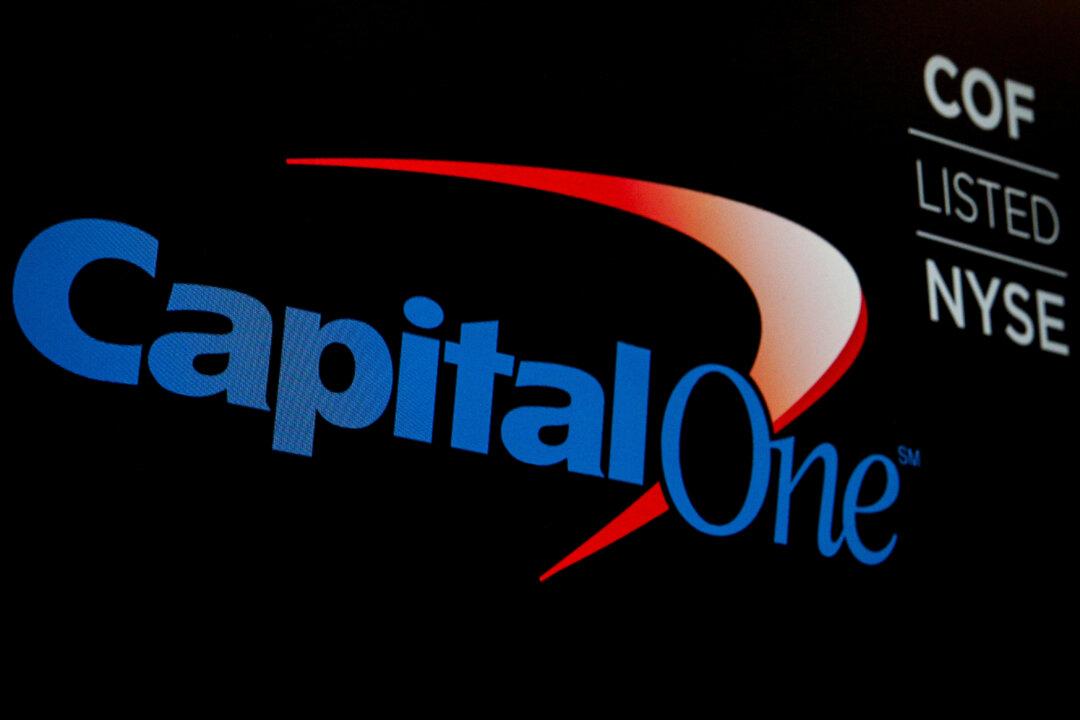The Internal Revenue Service (IRS) has made key changes to its tax refund tool with the aim of making it easier for taxpayers to understand the status of their refunds.
The IRS’s “Where’s My Refund?” tool is used to check the refund status of a taxpayer, providing taxpayers with three key pieces of info—confirmation that the agency has received their tax return, notice of approval, and the issuing date of the approved refund. On Wednesday, the agency announced it made important updates to its “Where’s My Refund?” for the 2024 filing season.
The tool now offers messages with detailed refund status in plain language and notifications indicating whether the IRS needs additional information from the individual. It is accessible on mobile devices and with the IRS2Go app. These changes minimize the need for many taxpayers to contact the agency, said the IRS.
Since the new update allows taxpayers to know the status of their refunds in greater detail, there is less likelihood of doubts arising which require clarification. And with the IRS notifying them of what additional information is required for processing refunds, taxpayers can quickly prepare the necessary info, send it to the agency, and get their refunds as soon as possible.
After the IRS acknowledges receipt of a tax return, it will update the refund status for the 2023 tax year within 24 hours, provided the return was e-filed. If the return was sent by traditional mail, it can take up to four weeks.
The delivery of refunds can get delayed due to several reasons. For instance, if the tax return has errors or requires additional review, the refund will take longer to be processed.
“Taxpayers should note that the IRS updates the tool once a day, usually overnight, so there’s no need to check more often,” the agency stated.
“If a taxpayer refund isn’t what is expected, it may be due to changes made by the IRS. These changes could include corrections to the Child Tax Credit or EITC (Earned Income Tax Credit) amounts or an offset from all or part of the refund amount to pay past-due tax or debts.”
Taxpayers can opt for direct deposit as a refund payment method when filing their return through tax software. Alternatively, they can ask their tax preparer to choose this option.
Refunds Critical for Taxpayers
Tax refunds are critical for many American households as they represent the largest annual cash injection into their budgets. Many families use the refunds to boost their savings or cut down debts.“31 percent of taxpayers say they will depend on their tax refund to make ends meet. That number jumps to 40 percent for millennials and 38 percent for Gen Z taxpayers,” the survey report stated.
“Of those who depend on their refund to make ends meet, more than half (56 percent) say they’re dependent on their refund because of the rising cost of living. Others say living paycheck to paycheck (46 percent), inflation (45 percent), and depleted savings (25 percent) have made them more dependent on their refund.”
While 75 percent of respondents expect to receive a refund this tax season, 27 percent see themselves receiving a bigger refund than last year. One-third were expecting a refund of $1,001 or more and 16 percent were expecting $2,501 or higher.
Mark Steber, chief tax information officer at Jackson Hewitt, told Fox that he is expecting some people to receive up to 10 percent higher refund this year. This would come to an additional $300 to $400 received by the taxpayer.
However, taxpayers can face a new cost challenge this year that can eat into their refunds—filing charges. According to data from the U.S. Bureau of Labor Statistics, tax-return preparation and other accounting fees rose by 8.3 percent on an annual basis as of November 2023, a steeper hike than overall inflation.
Not only are tax preparers raising rates but also tax-preparation software is also getting expensive. For instance, H&R Block has raised prices of its “basic” and “premium” desktop-software filing options by $5 and $10 to $25 and $75, respectively, since last year. Additional $10 hikes are being planned later this filing season.
“We delayed it as long as we could,” a spokesperson from the company told NBC about the hikes while citing higher costs of development and distribution.







